? Ask us your questions
Share on social networks
FREQUENTLY ASKED QUESTIONS ABOUT DIGESHELP
TO KNOW MORE
What is vitamin K and how many types are there?
The first evidence regarding the existence of vitamin K occurred in 1929 while Henrik Dam was investigating diets free of sterols in chickens that developed internal bleeding and blood drawn from chickens slowly coagulated. In 1935, Dam proposed that the healing factor present in plant and animal sources was a new fat-soluble vitamin he called vitamin K. In 1939, Doisy’s group isolated an active compound named vitamin K1 from alfalfa and another, vitamin K2, from rotten fishmeal.
Vitamin K is a fat-soluble vitamin and counts on three types K1 (phylloquinone, produced by plant extracts), K2 (menaquinone, produced by bacteria) and K3 (menadione, origin of plant pigments, fungi and animals). Vitamin K2 is a product from bacterial fermentation and has got different variants called MQ-n. MQ-7 is the most bioavailable type with the longest half-life.
The highest concentrations of vitamin K are found in green leafy vegetables like cabbage, broccoli, Brussels sprouts and spinach. Animal products (meat, fish, dairy products and eggs) contain significant amounts, mainly from liver. Some vegetable oils, including canola (rapeseed), soya bean and olive oils, are rich sources of vitamin K.
What is vitamin D and how many types are there?
It was discovered in 1922 by the biochemical group led by Dr. Elmer McCollum. They found that cod liver oil retained its antirachitic properties even when vitamin A was destroyed, that is, cod liver oil contained a new fat-soluble vitamin, which McCollum named ‘fat-soluble vitamin D‘.
Vitamin D refers to a family of structurally related compounds showing antirachitic activity. Its structure is steroid-like and very similar to cholesterol. Vitamin D is represented by cholecalciferol (vitamin D3) and ergocalciferol (vitamin D2), which are structurally similar steroids derived from the provitamin D sterols. The difference is that vitamin D3 is produced by solar action on animal skin, while D2 is produced in plants, fungi and yeasts due to solar irradiation as well.
When ingested, both the D3 and D2 types are processed by the same metabolic pathway to become the active form of vitamin D (1α, 25-dihydroxyvitamin D). Recent findings show that vitamin D2 in humans has got only 25-30% of the biological activity of vitamin D3.
Natural sources of vitamin D come, first, from solar action, and then from fish liver oils, especially halibut liver oil, herring, sardines, and tuna. Smaller amounts of this vitamin are found in liver, eggs, and dairy products from mammals. Cereals, vegetables and fruits contain no vitamin D, while meat, poultry and white fish provide negligible amounts.









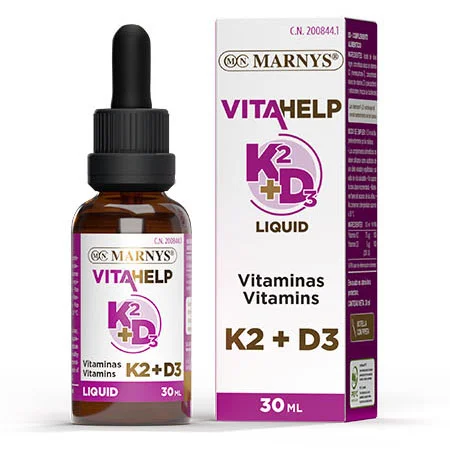
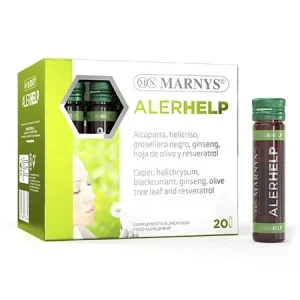
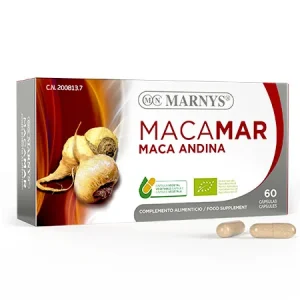
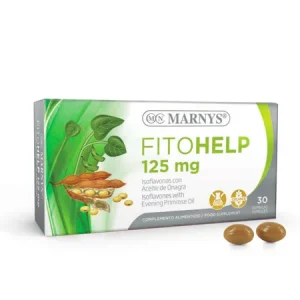
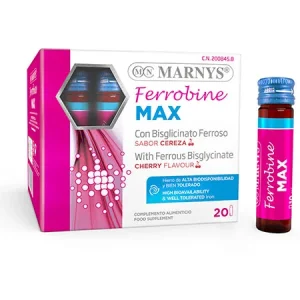















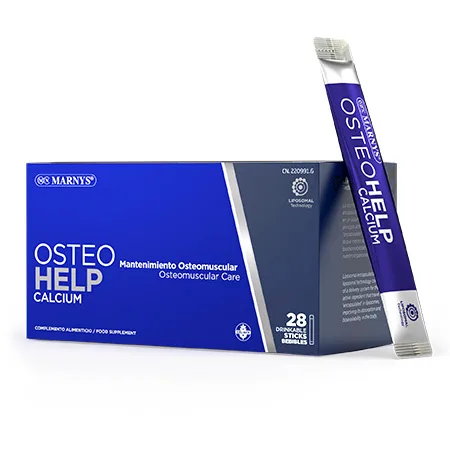

Reviews
There are no reviews yet.